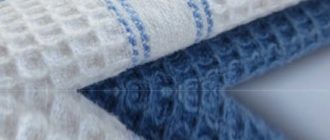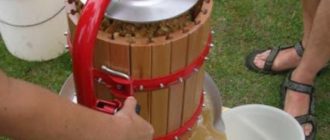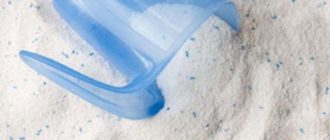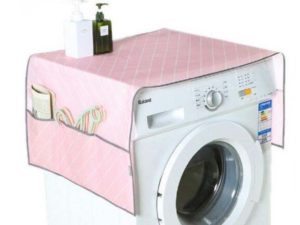 How to sew a cape with pockets for washing machines from an old shirt
How to sew a cape with pockets for washing machines from an old shirt
It is nice to be and live in a cozy house or apartment. Everyone knows that for its creation it is spent quite a lot of money. Vases, baskets, flowers, tablecloths, napkins, all these things can not be counted.
Great savings are made by housewives who know how to sew. In every apartment there is a whole pile of unnecessary for one reason or another things. It was not enough, the presence of a stain that can't be removed, wear and tear, or going out of style. What to do with all this. Throw out sorry, but leave unnecessary. There is only one way out - to make something useful with your own hands.
General Information
In this article, we will cover the topic: how to sew from an old shirt a cape with pockets for the washing machine. In doing so, you will not need patterns.
You can, of course, buy a cape or cover for the washing machine in the store. The range on the market is wide.
The washing machine is so necessary for modern man that no family can do without it. It takes up enough space. In the bathroom, in addition, there are a lot of bottles, vials.
A cape with pockets for the washing machine will save useful space. In the pockets you can conveniently place laundry and cleaning supplies. In addition to the practical function of the cape will carry and aesthetic function. Made of fabric to match the color of your home, it sets the washing machine apart from the rest of your bathroom or kitchen.
Details
Stages of sewing
- Cut fabric.
The shirt needs to be neatly cut at all seams. If you can't cut it, cut the seams with scissors. You should get rectangular pieces of fabric without pockets and seams.
 The main parts for the cape will be the back and two shelves.
The main parts for the cape will be the back and two shelves.
Cut rectangles of equal length, the width should be equal to the depth of the washing machine. For the top part of the cape we need two equal parts. As a result, the frame of the cape will consist of four parts, in pairs equal to each other.
Important: Do not forget about seam allowances. On each side of the rectangles add 2 cm to the width.
- Sewing the frame of the cape.
Stack the two upper parts on top of each other with the right sides facing each other. Sew a rectangle on three sides. The edges of the seams additionally work on the overlock or zigzag. Thanks to this edge will not crumble. Unsewn side of the pocket treated with a closed hem stitch. The end result should be a pouch. A cardboard insert will be inserted into it, which can be cut from a box. This way the cape will be held more securely on the washing machine and will not slip.
- 3.Finishing the sides of the cape
Sew a hemming stitch around the edges of the two long and one short side. The unsewn side will be sewn to the top of the cape, the pouch. The resulting rectangles are sewn to the top of the cape with a straight stitch and work the edges on the overlock.
The end result should be a canvas - the basis of the cape.
- Sewing pockets.
For sewing pockets we will need the sleeves of the shirt. Depending on what you want to get in the end, depends on their height, number and width.
Tip! For the product to look neat, you need to iron out the edges. Fold back the edge to the seam allowance inside out and iron.
The edge of the blank for the pocket, which will not be sewn to the base, process a seam in the hemming.
Place the piece on the rims of the cape and pin it with a dressmaker's pin. If you don't have them, you have to sew them on by hand.
Sew the bases for the pockets to the cape on three sides with straight stitching. It only remains to decide on the width and number of pockets and sew the borders on the sewing machine.
The result
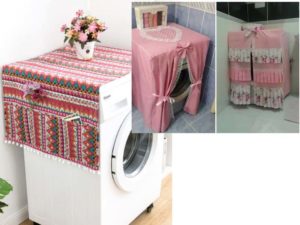 The cape is ready. It remains to iron it and hang it on the washing machine.
The cape is ready. It remains to iron it and hang it on the washing machine.
This cape will fit both "front" and "upright" washing machines.
Tip: If you do not want to remove the cape every wash, there is a way. Insert zippers all around the perimeter of the cover in the upper part. By undoing the zippers, you can easily open and close the loading hatch.
If you want, you can decorate the cape with ribbons, lace, appliques.
You can, of course, buy a cape or cover for the washing machine in the store. The range is very wide. But in my opinion, it is more pleasant to make their own hands. And the savings on the family budget in person.
I hope my article was useful to you. Do not be afraid to experiment and everything is sure to work out.

